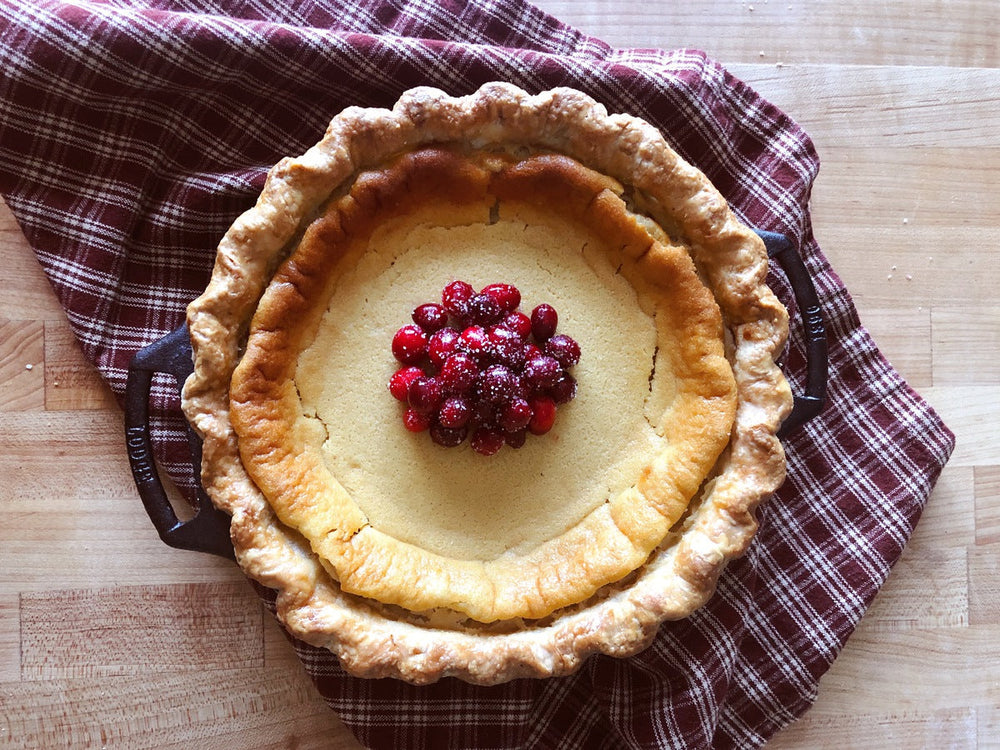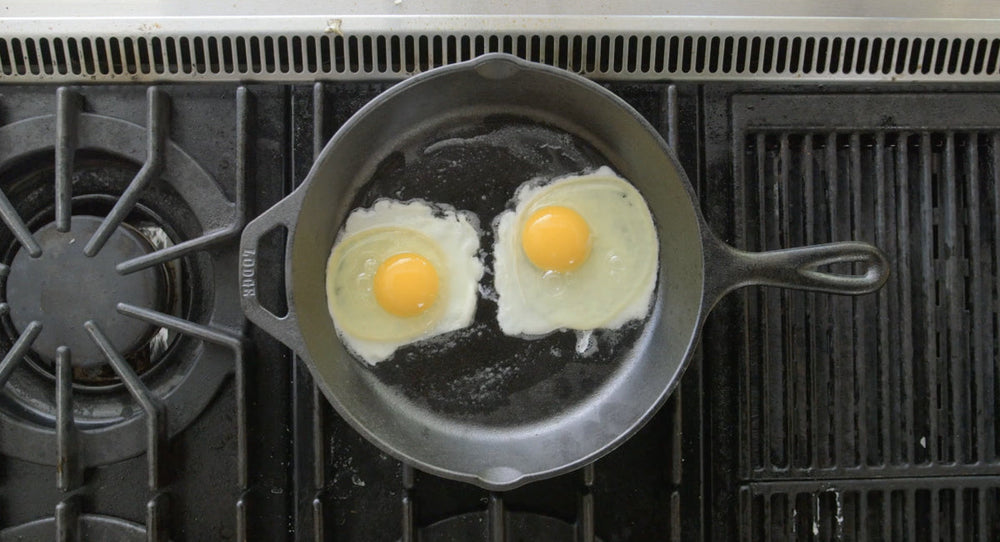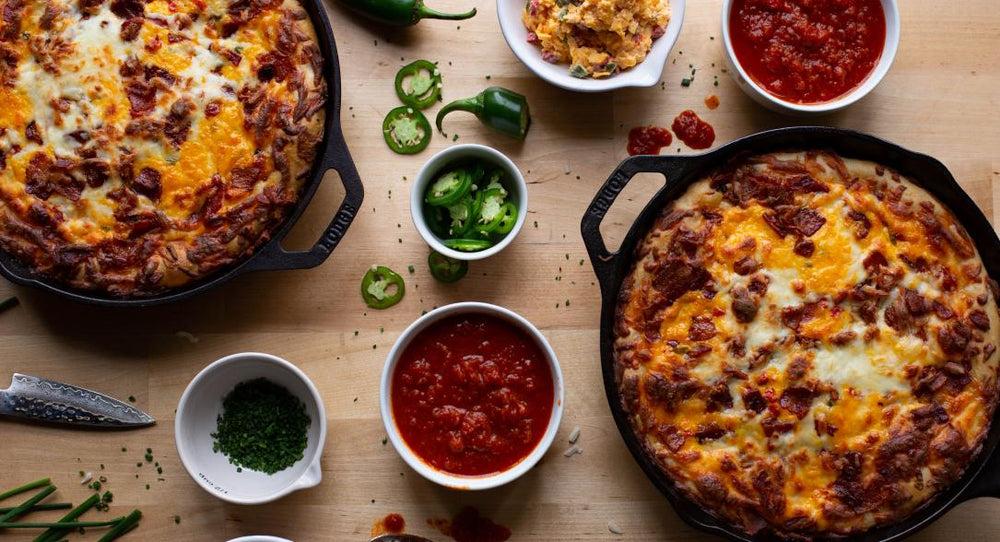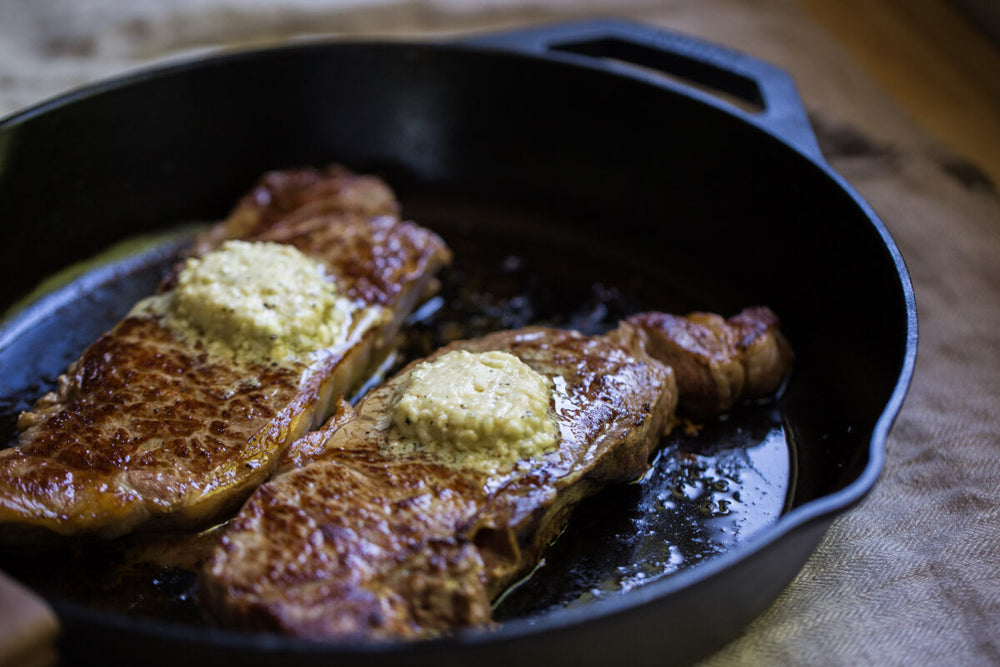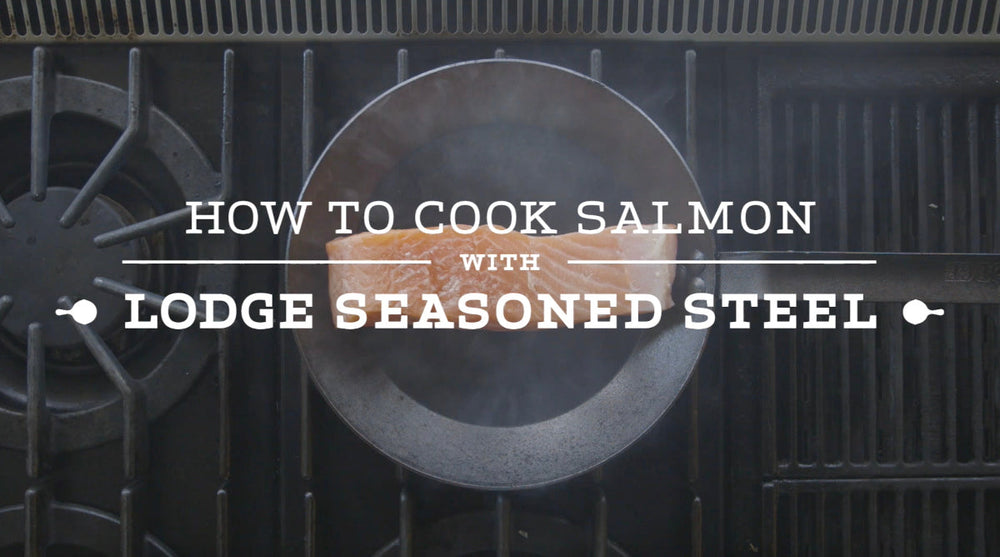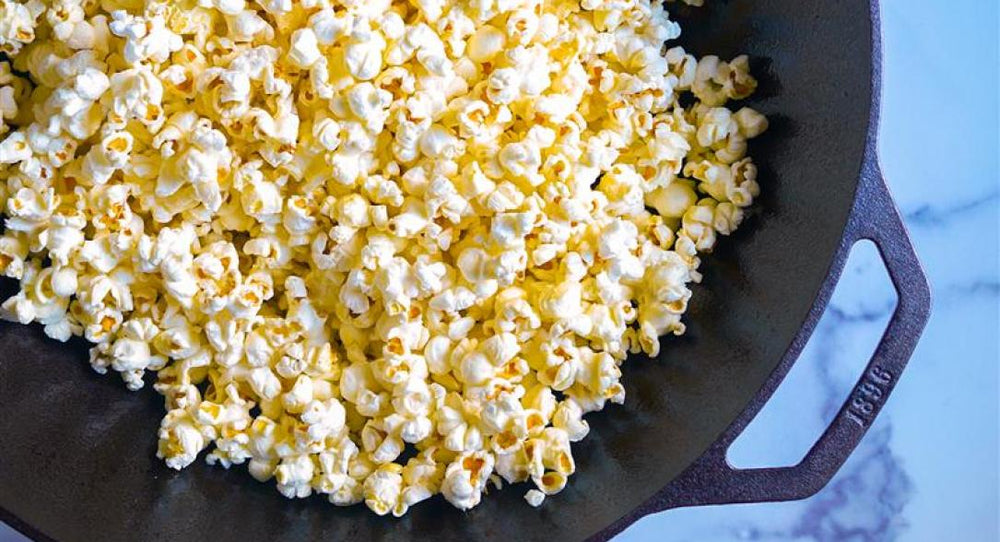How to Keep Food From Sticking to Cast Iron
There’s nothing worse than putting a lot of effort into a delicious dish or baked good only to realize that it’s creating a sticky mess on your cast iron. Don’t worry, with a few tweaks you can easily prevent food from sticking to your cookware or bakeware.

Why does food stick to cast iron?
Two words: heat & oil. The most common reason food sticks to cast iron is because the pan is simply too hot. Because cast iron retains heat much better than other types of cookware, you generally don’t need to use as high of a heat setting as you normally would with stainless steel or aluminum cookware. Another reason food sticks is that it’s not being cooked with enough oil. Using oil prevents food from sticking and helps to add another layer of seasoning as you cook.
Tips for Cooking
Preheat your skillet for 4 to 5 minutes to establish an even heat before adding your food. It’s also important to ensure that your oil is hot before adding your food. When your oil starts to shimmer, it’s a good indication that it’s hot enough. If you put your food in and the oil is too cold, the food will soak it up rather than sauté or sear. On the other hand, if your oil begins to smoke, it’s too hot. Simply remove it from the burner for a minute or two to cool it down. After you preheat your pan, you may need to reduce the temperature slightly because cast iron will continue to absorb heat as it sits on the burner.
Add enough oil to the pan before adding food. You’ll want to use enough oil to coat the bottom of the pan. Foods that are prone to sticking, like eggs, may require a bit more oil, while fatty foods, like chicken thighs, don’t need quite as much oil to keep from sticking. If you use butter, it can still be helpful to start with a thin layer of oil to prevent it from sticking to or burning on the pan.

Pro-Tips for Choosing the Right Oil
When cooking at high temperatures, it’s best to use a neutral oil with a high smoke point, such as canola oil or grapeseed oil. Neutral oils have little to no flavor, which makes them great for stir-fries and frying. When it comes to low-temperature cooking, olive oil is a great option. You can check out our full guide to oils here.
Tips for Baking
Prep your bakeware with oil, using a pastry brush to get it into the corners or sidewalls of your pan. Nonstick sprays with flour and oil, like Baker’s Joy, are a great option. You don’t need to preheat your cookware when you’re baking brownies, cakes, and pies. Preheating comes in handy when you’re baking drop biscuits, pizza, and cornbread (our favorite!).
Adjust your bake time when baking with cast iron. Remember when we said cast iron retains heat really well? This is true for baking, too. Your baked goods may brown quicker than usual, so we recommend checking on them a few minutes earlier than you usually would. However, cast iron does take some time to heat up. If you’re not preheating your pan and your total bake time is under 30 minutes (think cookies), you may need to extend your oven time. Whereas a loaf of banana bread with a 50+ minute bake probably won’t need to stay in the oven longer than the suggested time. Our advice: check those baked goods early so they don’t overbake and don’t be afraid to experiment with bake times.
